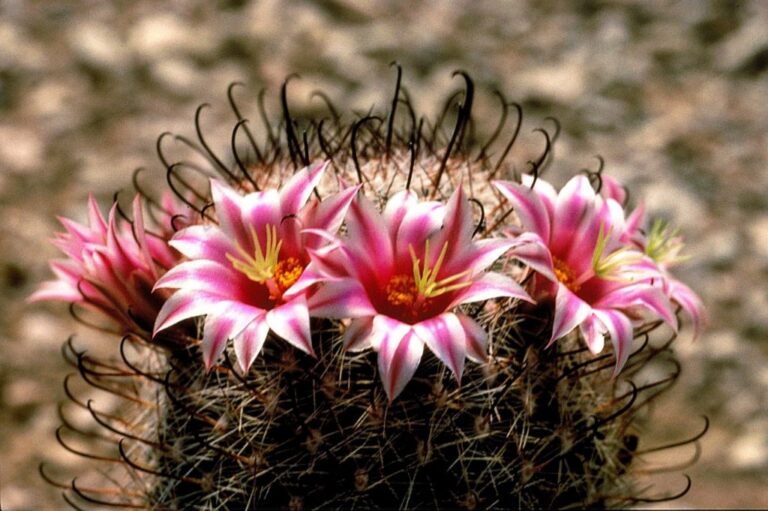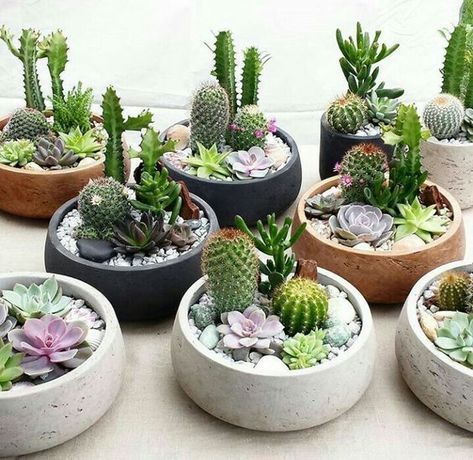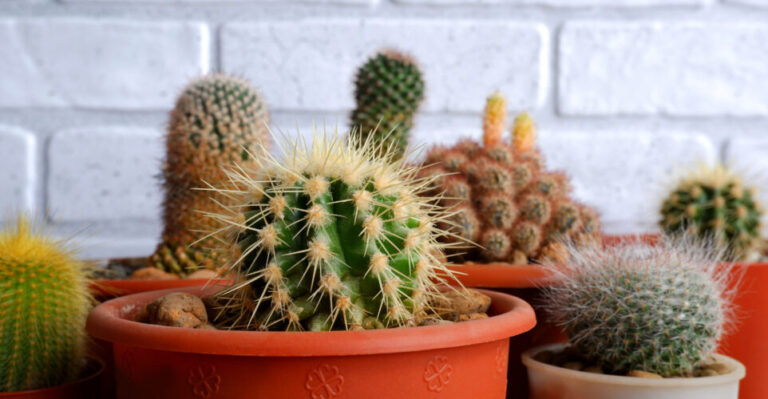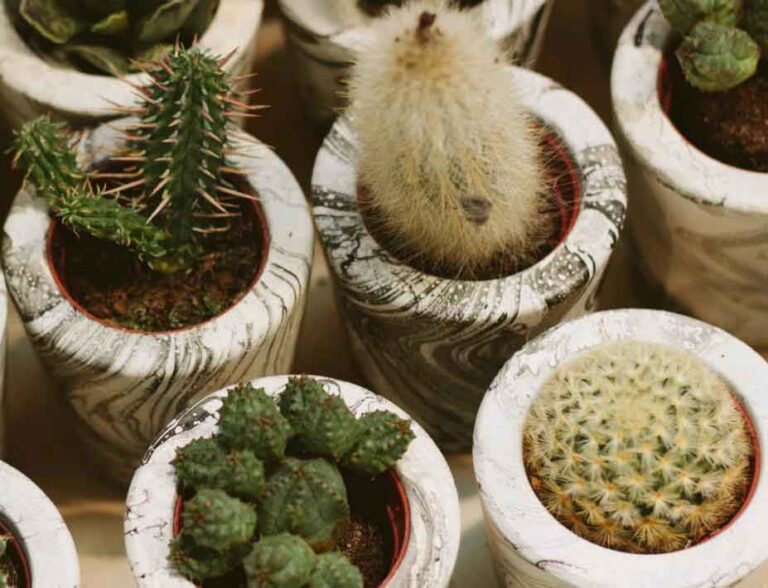Guide: What Are the Nutrients and Water Needs for a Cactus?
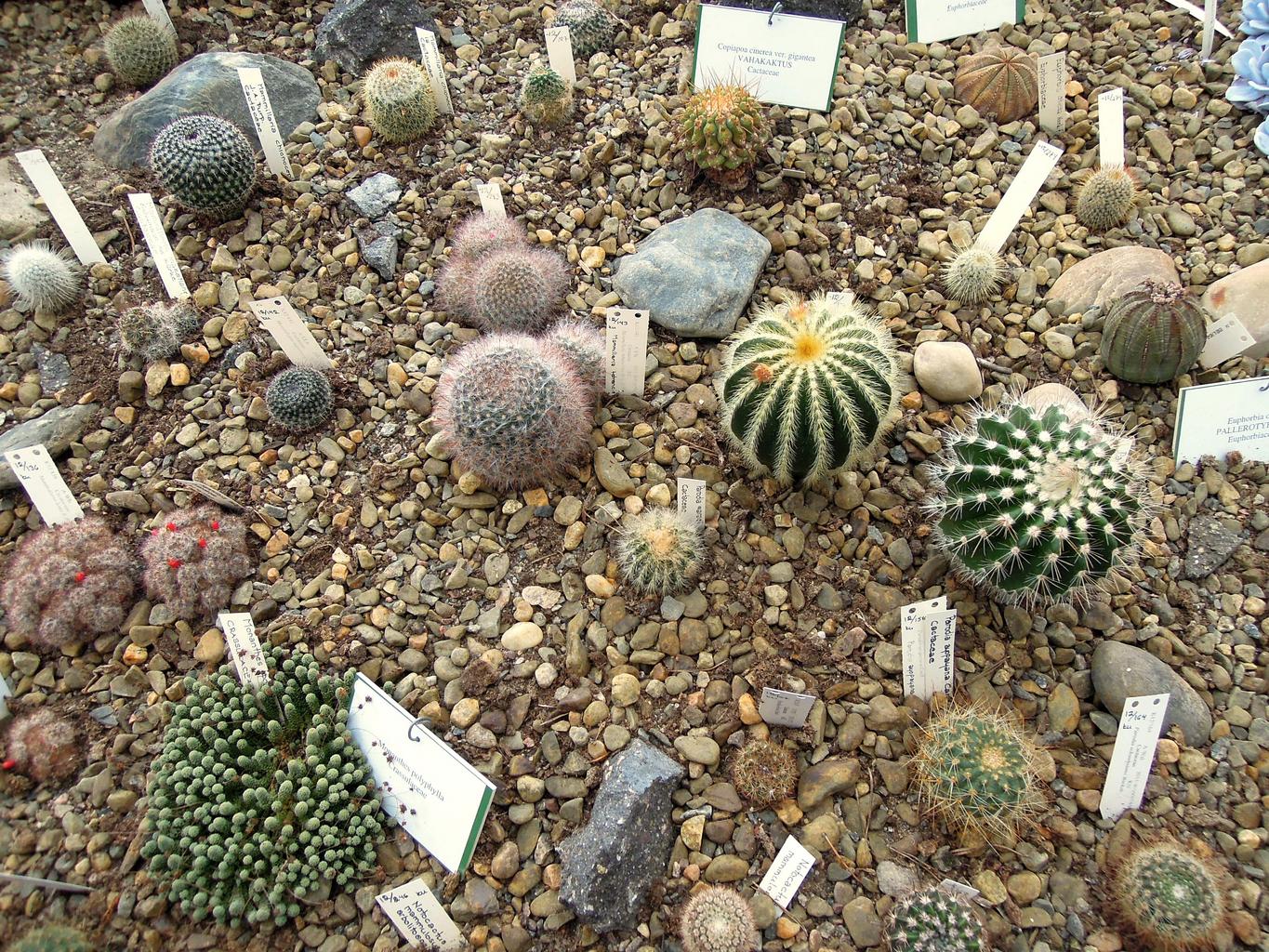
Cacti are some of the most resilient plants in the world, thriving in harsh desert conditions and often requiring minimal maintenance. However, to grow healthy and vibrant cacti, it’s essential to understand what are the nutrients and water needs for a cactus. This guide dives into everything you need to know to keep your cactus thriving, whether indoors or outdoors.
What Are the Nutrients and Water Needs for a Cactus? An Overview
Cacti are uniquely adapted to survive in extreme environments with minimal water and nutrient availability. Their thick, fleshy stems store water, while their spines protect them from predators and reduce water loss. Despite their resilience, providing the right nutrients and water is crucial for optimal growth and flowering.
Understanding the Nutritional Needs of a Cactus
To thrive, cacti require specific nutrients that support their unique growth patterns. Here’s a breakdown of the essential nutrients:
1. Primary Nutrients
- Nitrogen (N): Promotes healthy stem growth and chlorophyll production.
- Phosphorus (P): Supports root development and flowering.
- Potassium (K): Enhances disease resistance and overall plant health.
2. Secondary Nutrients
- Calcium (Ca): Strengthens cell walls and prevents diseases like blossom end rot.
- Magnesium (Mg): Essential for chlorophyll synthesis.
- Sulfur (S): Aids in protein synthesis and enzyme function.
3. Micronutrients
- Zinc, iron, manganese, and boron are required in trace amounts to support enzymatic and metabolic processes.
Keyphrase in Context:
Providing the correct balance of macronutrients and micronutrients is crucial when evaluating what are the nutrients and water needs for a cactus.
Choosing the Best Fertilizer for Cacti
Cacti require specific fertilizers tailored to their unique needs. Here’s how to choose the right one:
1. Low-Nitrogen Fertilizer
A fertilizer with a low nitrogen content, such as a 5-10-10 mix, is ideal for cacti. Excess nitrogen can lead to overly rapid growth, making the cactus more susceptible to disease.
2. Time-Release Fertilizer
A slow-release fertilizer ensures a steady supply of nutrients over time, reducing the risk of over-fertilization.
3. Organic Options
Composted manure, bone meal, and fish emulsion are excellent organic options for feeding your cactus.
Water Requirements for Cacti
When considering what are the nutrients and water needs for a cactus, water plays a critical role. While cacti are drought-tolerant, improper watering can lead to problems such as root rot or stunted growth.
1. Understanding Cactus Water Storage
Cacti have specialized tissues that store water for long periods, allowing them to survive in arid conditions. However, they still require water to grow and photosynthesize effectively.
2. How Often to Water a Cactus
- Indoor Cacti: Water every 2–4 weeks, depending on the season and indoor humidity.
- Outdoor Cacti: Water every 1–3 weeks during the growing season, reducing frequency in winter.
3. Signs of Overwatering
- Yellowing or mushy stems.
- Foul-smelling roots.
- Pests such as fungus gnats.
4. Signs of Underwatering
- Shriveling or wrinkled stems.
- Stunted growth.
Pro Tip:
Always allow the soil to dry out completely between waterings to avoid root rot.
Best Practices for Watering Cacti
Proper watering techniques are crucial for maintaining a healthy cactus. Follow these best practices:
1. Use Well-Draining Soil
Cacti require soil that drains quickly to prevent waterlogging. A mix of sand, perlite, and potting soil is ideal.
2. Water at the Base
Always water the base of the cactus to avoid wetting the stem, which can lead to rot.
3. Adjust for Seasons
During the growing season (spring and summer), cacti need more water. Reduce watering frequency during the dormant period (fall and winter).
Keyphrase in Context:
Learning the seasonal adjustments for watering is key when determining what are the nutrients and water needs for a cactus.
The Role of Soil in Cactus Health
The type of soil you use directly impacts the water retention and nutrient availability for your cactus. Here’s what to consider:
1. Ideal Soil Composition
- 50% coarse sand or grit.
- 30% potting soil.
- 20% perlite or pumice.
2. Benefits of Using Specialized Cactus Soil
Cactus soil is designed to mimic the plant’s natural habitat, ensuring proper drainage and aeration.
Seasonal Care for Cacti
Cacti have different needs throughout the year. Adjusting their care ensures healthy growth.
1. Spring and Summer (Active Growth Phase)
- Watering: Increase frequency but avoid overwatering.
- Fertilizing: Feed with a diluted fertilizer every 4–6 weeks.
2. Fall and Winter (Dormant Phase)
- Watering: Reduce watering to once every 4–6 weeks.
- Fertilizing: Stop fertilization during dormancy.
Common Problems with Cactus Growth
Even with proper care, cacti can face challenges. Here’s how to address them:
1. Root Rot
- Cause: Overwatering or poor drainage.
- Solution: Repot in fresh, dry soil and reduce watering frequency.
2. Nutrient Deficiency
- Symptoms: Yellowing or weak growth.
- Solution: Apply a balanced fertilizer.
3. Pest Infestations
- Common Pests: Mealybugs, spider mites, and scale insects.
- Solution: Use neem oil or insecticidal soap.
Propagation of Cacti
Expanding your cactus collection is easy through propagation. Here’s how to do it:
1. Propagating via Cuttings
- Cut a healthy section of the cactus.
- Allow it to callous before planting in well-draining soil.
2. Propagating via Seeds
- Plant cactus seeds in a sandy soil mix.
- Keep the soil slightly moist until germination.
Creative Cactus Displays
Cacti can add a unique aesthetic to your home or garden. Here are some ideas:
1. Cactus Gardens
Combine different cactus species in a single pot for a striking display.
2. Terrariums
Use glass containers to create miniature cactus landscapes.
3. Wall Planters
Mount small cacti on wooden frames for vertical gardens.
FAQs About Cactus Care
1. What Are the Nutrients and Water Needs for a Cactus in Winter?
Cacti require minimal water during winter and no fertilization as they enter dormancy.
2. Can Tap Water Harm Cacti?
Hard water with high mineral content can build up salts in the soil. Use distilled or rainwater instead.
3. How Can I Tell if My Cactus Needs Water?
Check the soil moisture and look for signs like shriveling or wrinkled stems.
Conclusion: What Are the Nutrients and Water Needs for a Cactus?
Understanding what are the nutrients and water needs for a cactus is essential for ensuring their health and longevity. By providing the right nutrients, watering appropriately, and creating an ideal growing environment, you can enjoy vibrant and thriving cacti for years to come.

